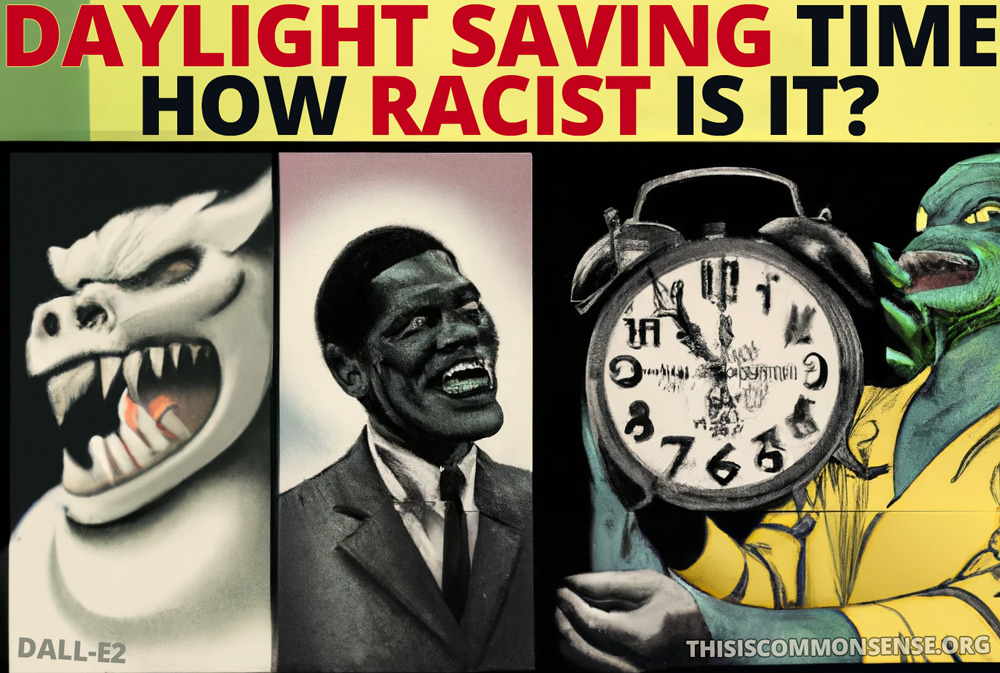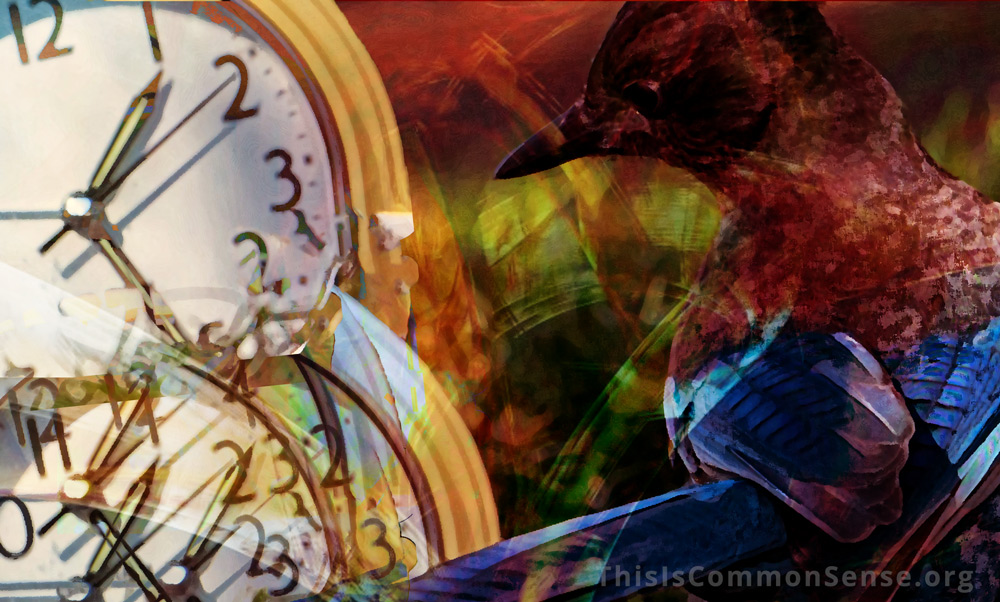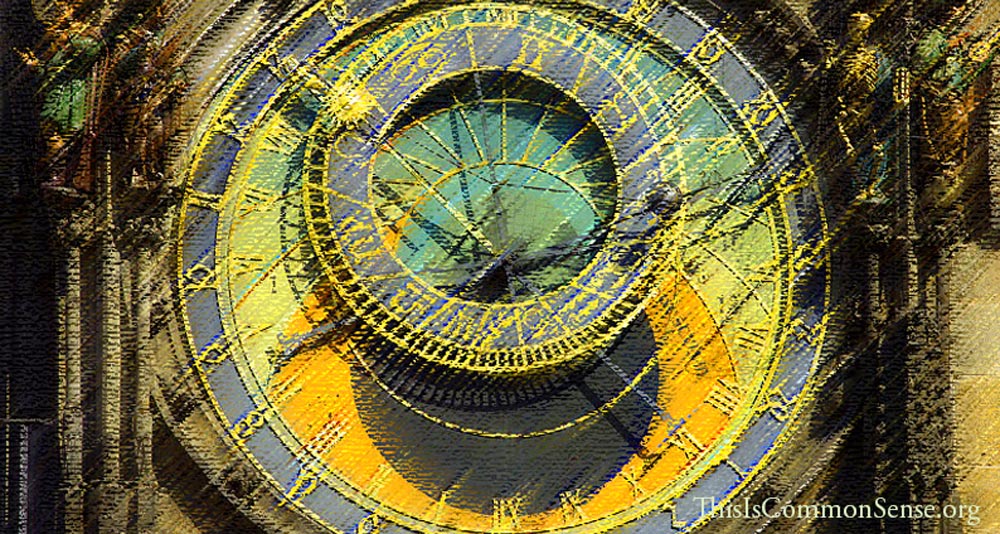The big news? Daylight Saving Time may soon be history. “The American Academy of Sleep Medicine, the Sleep Research Society and other medical groups have advocated for ending the practice, calling for the adoption of a permanent standard time that would not involve shifting forward each spring and falling back each autumn.”
That’s an important organizational voice for getting rid of Congress’s current jury-rigging scheme for commerce and recreation in America.
It has costs. Imposed on us. On our sleep patterns.
But the passage quoted from CNN was not the news angle that the “Cable News Network” story, by Jacqueline Howard, emphasized.
The deleterious effects of lurching back and forth twice a year is not what CNN headlined. The fact (and commonsense conjecture) that these bi-annual shifts are bad for us? Not as interesting as that it could all be racist.
The title of Howard’s piece is “Daylight Saving Time sheds light on lack of sleep’s disproportionate impact in communities of color.”
The key piece of information? “Growing evidence shows that lack of sleep and sleep disorders, such as obstructive sleep apnea, remain more prevalent in Black, Asian, and Hispanic or Latino communities, and these inequities can have long-term detrimental implications for physical health, even raising the risk of certain chronic diseases.”
If true, this is a political reason to get the Social Engineering Class to finally balk at the pseudo-Saving chronometer-jiggering laws.
But what does that say about said class? (A class not limited to, but somehow paradigmatically represented by, Democrats?) That they don’t care about the harm they do unless it can be shown to accrue predominantly to racial minorities?
There’s something sick here, oddly racist.
But we can accept this nonsense for the win, if it helps stop our ritual springing forward and falling back.
This is Common Sense. I’m Paul Jacob.
Illustration created with DALL-E2
—
See all recent commentary
(simplified and organized)


